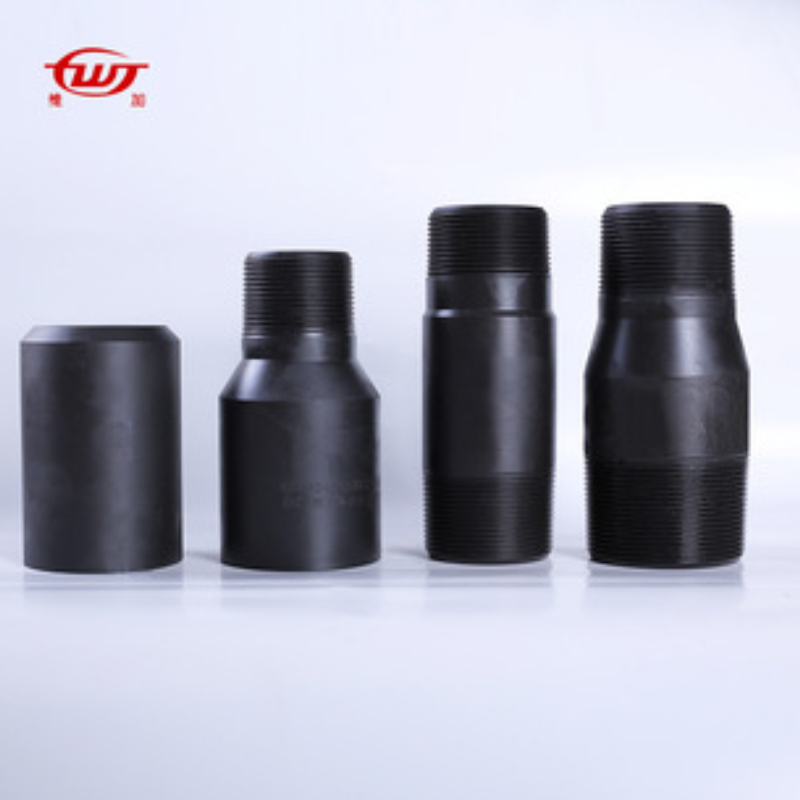- Afrikaans
- Albanian
- Amharic
- Arabic
- Armenian
- Azerbaijani
- Basque
- Belarusian
- Bengali
- Bosnian
- Bulgarian
- Catalan
- Cebuano
- Corsican
- Croatian
- Czech
- Danish
- Dutch
- English
- Esperanto
- Estonian
- Finnish
- French
- Frisian
- Galician
- Georgian
- German
- Greek
- Gujarati
- Haitian Creole
- hausa
- hawaiian
- Hebrew
- Hindi
- Miao
- Hungarian
- Icelandic
- igbo
- Indonesian
- irish
- Italian
- Japanese
- Javanese
- Kannada
- kazakh
- Khmer
- Rwandese
- Korean
- Kurdish
- Kyrgyz
- Lao
- Latin
- Latvian
- Lithuanian
- Luxembourgish
- Macedonian
- Malgashi
- Malay
- Malayalam
- Maltese
- Maori
- Marathi
- Mongolian
- Myanmar
- Nepali
- Norwegian
- Norwegian
- Occitan
- Pashto
- Persian
- Polish
- Portuguese
- Punjabi
- Romanian
- Russian
- Samoan
- Scottish Gaelic
- Serbian
- Sesotho
- Shona
- Sindhi
- Sinhala
- Slovak
- Slovenian
- Somali
- Spanish
- Sundanese
- Swahili
- Swedish
- Tagalog
- Tajik
- Tamil
- Tatar
- Telugu
- Thai
- Turkish
- Turkmen
- Ukrainian
- Urdu
- Uighur
- Uzbek
- Vietnamese
- Welsh
- Bantu
- Yiddish
- Yoruba
- Zulu
API 5CT Tubing Coupling Specifications and Applications for Oil and Gas Industry
Understanding API 5CT Tubing Coupling A Key Component in Oil and Gas Operations
In the oil and gas industry, ensuring the integrity and efficiency of drilling operations is paramount. Among the various components used in drilling and production processes, the API 5CT tubing coupling holds a significant place. This specialized coupling plays a critical role in connecting sections of tubing, a vital element for transporting oil and gas from underground reservoirs to the surface.
What is API 5CT?
API 5CT is a specification established by the American Petroleum Institute (API) that outlines the requirements for casing and tubing used in oil and gas drilling operations. This specification ensures that the materials and corresponding manufacturing processes meet the rigorous standards necessary for the demanding conditions found in petroleum extraction. The standard covers various types of steel pipes used for different applications, with a focus on mechanical properties, dimension tolerances, and testing requirements.
The Role of Tubing Couplings
Tubing couplings are fittings that connect segments of tubular goods (i.e., pipes) in the drilling process. They provide a means to join lengths of tubing to form a continuous pipeline while also offering the necessary sealing and support for the dynamic pressures encountered during operation. Properly designed and manufactured couplings are crucial for maintaining the structural integrity of the tubing string, ensuring it can withstand the pressures generated during drilling and production.
Design and Manufacturing
api 5ct tubing coupling

API 5CT tubing couplings are typically manufactured from high-strength steel grades that are resistant to corrosion and wear, which is essential for the harsh environments they operate in. The manufacturing process involves several key steps, including the selection of raw materials, the forging or machining of couplings, and the application of protective coatings to enhance durability. Common grades used for API 5CT couplings include J55, K55, N80, and P110, with each grade offering different mechanical properties catering to specific operational needs.
Types of Couplings
There are several types of API 5CT couplings, each designed for specific applications. The most common include the short thread coupling, long thread coupling, and premium couplings. Short thread couplings are generally easier to install and remove, whereas long thread couplings provide a higher level of torque resistance. Premium couplings are specially designed to provide additional sealing capabilities and are often used in high-pressure applications.
Importance of Quality Control
Quality control in the manufacturing of API 5CT tubing couplings cannot be overstated. Each coupling must pass rigorous testing to ensure it meets the required specifications. Tests typically include dimensional inspections, tensile tests, and non-destructive testing (NDT) methods to detect any internal flaws that could compromise performance. This commitment to quality directly impacts operational reliability and safety in the field.
Conclusion
API 5CT tubing couplings are an essential element in the successful extraction of oil and gas. By providing robust connections between tubing sections, these couplings facilitate the safe and efficient transportation of hydrocarbons to the surface. With stringent manufacturing standards and quality assurance practices, the industry can rely on API 5CT components to perform optimally under the pressures of exploration and production. As the demand for oil and gas continues, the importance of this seemingly small yet crucial component will only grow.
-
Tubing Pup Joints: Essential Components for Oil and Gas OperationsNewsJul.10,2025
-
Pup Joints: Essential Components for Reliable Drilling OperationsNewsJul.10,2025
-
Pipe Couplings: Connecting Your World EfficientlyNewsJul.10,2025
-
Mastering Oilfield Operations with Quality Tubing and CasingNewsJul.10,2025
-
High-Quality Casing Couplings for Every NeedNewsJul.10,2025
-
Boost Your Drilling Efficiency with Premium Crossover Tools & Seating NipplesNewsJul.10,2025







